Hi Readers: It's time that I explained the unmarked photo on my site as I previously promised. The photo - A twin-engined Aero Commander 560 in a 90 degree nosedown attitude just short of contacting the ground. Here is the story - I investigated this accident for the NTSB on 3-19-71. We'll skip the names.
The pilot rented the twin-engine Aero Commander 560 from World West Aviation in Van Nuys, CA. the morning of the accident to transport himself and four other engineers from two different companies to Helendale, Ca. Auxiliary airport to conduct a drop test (6 runs) of an electronic parachute dsevice. The landing was made at Helendale (North of Victorville, Ca.), and it was reported that the airplane was functioning normally after the en route flight. The test plan called for a number of runs at altitude, releasing the electronic parachute device out the door from the left rear seat. The wind was determined to be from the north at about 15-20 mph. The first run was made from about 2,000' into the wind and was successful. Since the device landed approximately 1/4 mile south of the Auxilliary field, the second run was planned for 1,000'. Prior to the takeoff, the pilot mentioned the possibility of "cutting" the left engine during the drop to reduce the airstream velocity. Subsequently, the airplane departed on the second run (the pilot in the left cockpit seat and the drop engineer in the left rear seat), south to north at about 1,000', at a slower speed, and the release of the device was observed approximately 1/4 mile north of the Helendale field. Two occupants on the ground were observing with binoculars, and another was to film the run using an 8 mm movie camera.
Seconds later, after release of the device, the left wing of the airplane was observed to dip sharply, followed by a sudden rotation to the left into a vertical dive, and impact the terrain. The airplane exploded on impact. The cabin door could not be identified, and a power reduction could not be determined. The parachute device was found on the ground between the field and the wreckage in a released configuration.
The Aero Commander 560 airplane comes from a line of light "twins" set up originally by Ted Smith (Aerostar Company) - a fast, high wing, 6-seat cabin monoplane, all metal, of 4500 to 6,000 pounds, powered by two 190 hp Lycoming engines. The Rockwell Co. took over the Ted Smith Co. in 1958, then a merger took place with North American Aviation in 1967, then a purchase by Gulfstream in 1981, and finally the Twin Commander Co. took over in 1989. The Commander was made famous by Bob Hoover, flying acrobatics. The Commander was used extensively as a transport and cargo charter airplane, as well as an air ambulance and a VIP transport, particularly in Australia and other countries.
The Aero Commander is still flying, and there are models available here and there. I've flown the Commander on x-c flights - a stable, 7-hr range, roomy cockpit and cabin, wide-gear airplane that's easy to land.
The accident was unfortunate - the airplane apparently stalled, or control was lost, with a power cutback on the left engine, and a left entry into a spin mode at low altitude. The electronic parachute device was found on the ground in a released configuration.
Thanks for listening. R.S.
Subscribe to:
Post Comments (Atom)

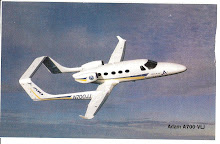

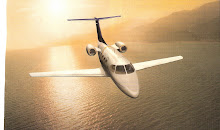


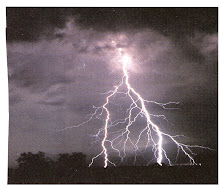

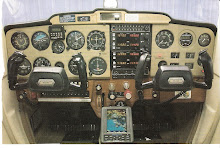
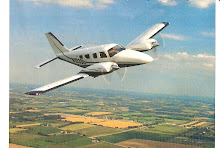
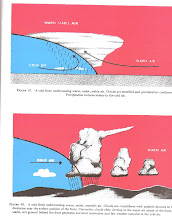
1 comment:
Emperor Casino Review by BetRivers.net
Emperor Casino Review by ミスティーノ BetRivers.net. Find the latest bonuses, 제왕카지노 promos, betting offers, and more! Rating: 7.6/10 ボンズ カジノ · Review by legalbet.co.kr
Post a Comment